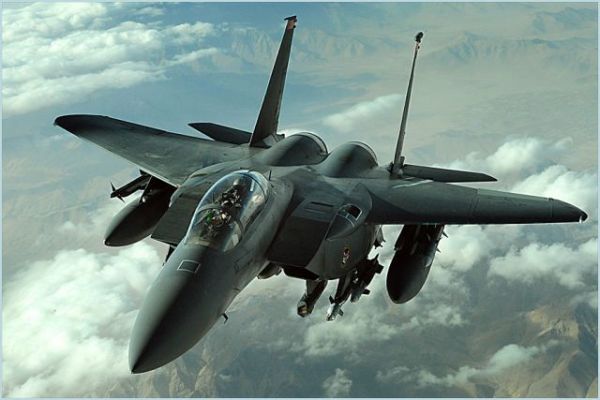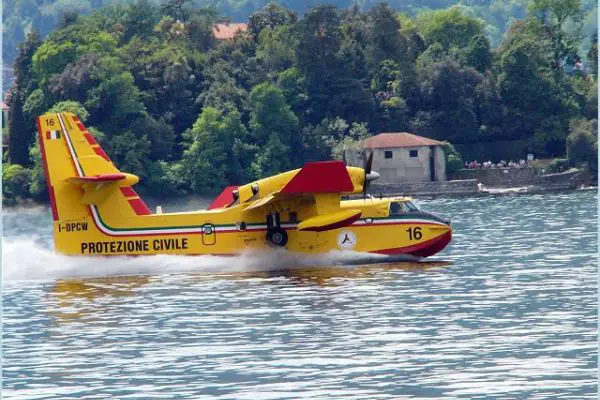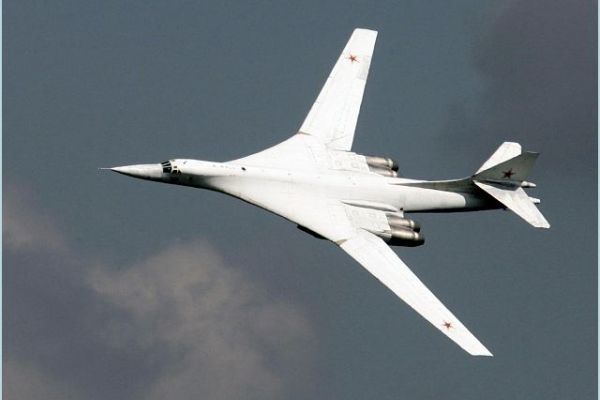Bombers.
B-21 Raider.

The B-21 Raider, developed by American Company Northrop Grumman for the United States Air Force, is a next-generation long-range strategic stealth bomber engineered to penetrate the most advanced air defense systems and execute precision strikes with both conventional and nuclear payloads. Developed under the Long Range Strike Bomber (LRS-B) program, the B-21 is set to replace the aging B-1 Lancer and B-2 Spirit bombers, ensuring the United States maintains its air dominance and strategic deterrence capabilities through state-of-the-art stealth technology, extended range, and mission flexibility.
Country users: United States
Description
The primary contractor for the B-21 Raider program is American Northrop Grumman Corporation, a major player in defense and aerospace innovation. The U.S. Air Force recognized the need for a more advanced and stealthy long-range bomber initiated the B-21 program in the early 2010s. Northrop Grumman won the competitive contract in October 2015 and subsequently focused on low-observable technologies, new materials, and avionics designed to ensure the aircraft’s ability to evade advanced defense systems. The aircraft incorporates Northrop’s latest developments in radar-absorbing materials and open-architecture combat systems that allow for future upgrades and mission adaptability.
The development process for the B-21 is currently progressing steadily, with multiple prototypes completing significant ground and flight test milestones. The Department of the Air Force (DAF) provided a notable update on September 18, 2024, during the Air and Space Force Association’s Air, Space and Cyber Conference. According to program leaders and industry partners, including Air Force Global Strike Command Commander Gen. Thomas Bussiere and Northrop Grumman Aeronautics Systems President Thomas Jones, the B-21’s test program is accelerating. Jones emphasized that they are now conducting up to two test flights per week, marking substantial progress in achieving the B-21’s operational goals. William Bailey, Director of the DAF Rapid Capabilities Office, also reported that the B-21 recently completed static testing on the G-1 test asset, confirming the bomber’s structural integrity and validating its digital design models.
With further tests underway, including fatigue testing, the B-21 program is preparing for the aircraft’s first operational deployment to Ellsworth Air Force Base, South Dakota, which will serve as the main operating base and formal training unit. Additional bases for the B-21 have been announced at Whiteman AFB, Missouri, and Dyess AFB, Texas, supporting a production target of at least 100 aircraft. As emphasized by Gen. Bussiere, the B-21 will replace legacy bombers, enhancing the United States’ strategic strike capabilities and ensuring it can deter global threats.
The B-21 is designed to fulfill dual roles: strategic nuclear deterrence and long-range conventional strikes. Its nuclear capabilities position it as a key component of the U.S. nuclear triad, while its conventional payload allows it to conduct precision strikes against high-value targets in contested airspace. The platform’s adaptability is central to its operational value, with modular systems that can be upgraded to meet future threats and missions. Bussiere underscored that the B-21’s flexibility and agility are essential to the Air Force’s global strategy, providing reassurance to allies and a significant deterrent to adversaries.
On September 11, 2025, the U.S. Air Force conducted a flight test with the second B-21 Raider. The event marks a significant inflection point in the development of the world’s most advanced stealth bomber and confirms the expansion of the flight test phase into more rigorous mission systems and weapons integration trials.
B-21 Raider variants:
No variants at this time
Technical Data
-
Design
The B-21 Raider’s design builds on the B-2’s flying-wing configuration but features improvements in aerodynamics, radar cross-section minimization, and radar-absorbing materials. This design, coupled with new structural materials, enhances the bomber’s ability to evade detection across a broader range of radar frequencies. Slightly smaller than the B-2, the B-21’s size contributes to improved cost-efficiency, maneuverability, and sustained low observability.
-
Armament
The B-21 is capable of carrying both nuclear and conventional payloads. For nuclear deterrence, it can deploy B61 and B83 gravity bombs as well as the Long Range Stand Off (LRSO) nuclear cruise missile. Its conventional armament includes precision-guided munitions, such as the Joint Direct Attack Munition (JDAM) and Joint Air-to-Surface Standoff Missile (JASSM), and the GBU-57 Massive Ordnance Penetrator (MOP), making it effective against hardened targets. The aircraft’s design allows for integration of future weapon systems, such as hypersonic missiles, to enhance its conventional strike capabilities further.
-
Avionic and combat systems
Equipped with advanced avionics and electronic warfare systems, the B-21 Raider is engineered to survive in contested environments. Its avionics suite includes multi-sensor fusion technology, integrating radar, infrared, and electronic warfare inputs into a cohesive operational display. The bomber’s electronic warfare capabilities allow it to jam, deceive, and evade advanced radar and missile defenses. Its open-architecture software allows for seamless integration of future systems and continuous upgrades, ensuring the B-21 remains adaptable to evolving threats.
-
Engine
The B-21 Raider is likely powered by two stealth-optimized engines, either Pratt & Whitney PW 9000s or F-135s, each capable of generating over 11,400 kg of thrust. These engines are specifically designed to minimize thermal and radar signatures, enhancing the aircraft’s stealth profile and allowing it to operate undetected in highly contested environments. The B-21 can carry a payload of 12 to 13 tons, supporting a diverse mix of nuclear and conventional armaments, and it achieves a maximum speed of approximately 1,050 km/h with a cruising speed of 870 km/h, balancing mission endurance with stealth. With an empty weight of 48,000 kg, the Raider is optimized for long-range missions, boasting a maximum flight range of 12,000 km. This extensive range enables intercontinental missions, supporting the U.S. Air Force’s strategic objective of global reach without compromising the B-21’s low observability.
Specifications
-
Type
Long-range strategic stealth bomber aircraft
-
Country users
United States
-
Designer Country
United States
-
Armament
- Nuclear Payload: B61 and B83 gravity bombs, Long Range Stand Off (LRSO) nuclear cruise missile
- Conventional Payload: JDAM, JASSM, GBU-57 Massive Ordnance Penetrator (MOP), potential for hypersonic and next-generation cruise missiles -
Crew
2 (pilot and mission commander)
-
Speed
870 km
-
Range
12,000 km maximum
-
Weight
- 124,000 kg maximum take-off weight
- 48,000 kg empty weight -
Avionics
Advanced sensor fusion, electronic warfare systems, networked combat systems, open-architecture software for future upgrades
-
Dimensions
Length: 20.0 m; Height: 5.14 m; Wingspan: 44.50 m
















































